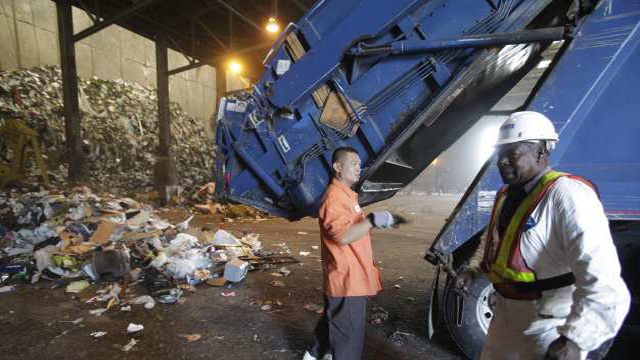Twenty years ago, California had the world's most advanced biorefinery. The Long Beach facility churned out more megawatts than any other on the planet. Not so today. The technology has fallen well behind the global standard.
A biorefinery is essentially a plant that turns trash into energy. At a bioenergy plant, garbage gets incinerated, creating steam that powers turbines and makes electricity.
The plant in Long Beach consumes around 1,550 tons of trash per day, creating enough electricity to power 35,000 homes. Ash is used to pave roads. However, this technology has been under fire recently due to worries about air quality and recycling productivity.
Still, many believe that properly managed biorefineries could become a useful means of reducing our reliance on landfills. One such proponent is the City of Los Angeles, which has proposed building three more plants in order to close the world's largest landfill on the U.S./Mexican border.
Los Angeles County alone produces around 33,000 tons of garbage per day, and managing that massive quantity is becoming increasingly difficult. It seems pretty self-evident that the current situation is unsustainable. Biorefineries may not be a perfect solution, but it's certainly worth exploring other means of waste disposal, especially when they produce (semi) renewable energy as well.
– Mitchell Flexo
(via LA Times)
Photo: Solid waste being unloaded at the South East Reserve Recovery Facility (SERRF) in Long Beach, Calif. (Damian Dovarganes/AP)
